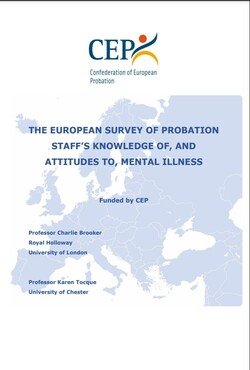By Thielman J. von Braght. Introduction by Graeme R. Newman
From the introduction: It is difficult to go one better than Foxe’s Book of Martyrs of the 17th century that contains endless illustrations of the dreadful tortures and deaths inflicted on the Christian martyrs. The book was so popular that it went through at least three editions in Foxe’s lifetime. Since then, various authors have reproduced aspects of Foxe’s classic, interspersed with some new prints and illustrations, This book, compiled by Mennonites for Mennonites, is one such book. The descriptions of the martyrs and their lives and deaths do become tiresome to the secular reader, and the lessons their editors presume to convey – those of the moral superiority, chastity and devotion to their faith – focus on the tenets of Christianity of course, but fail to make any attempt at understanding the details, procedures, and choices of the tortures and horrible deaths inflicted upon the martyrs by their brutal captors.





















